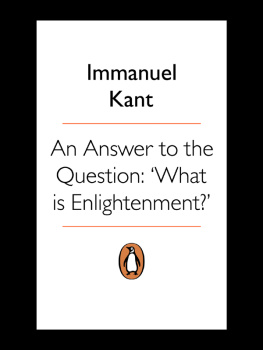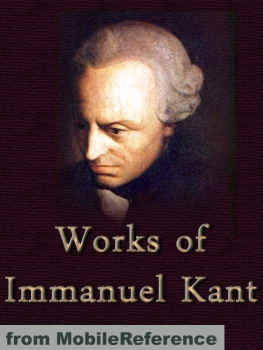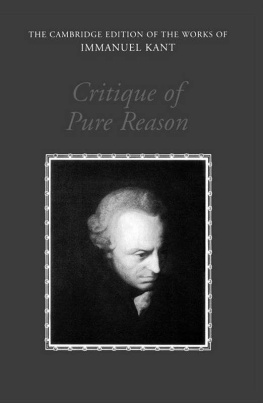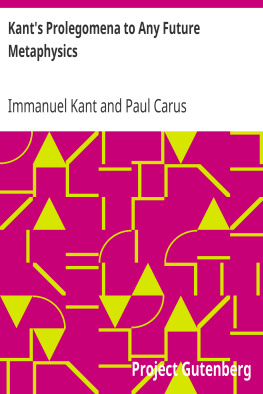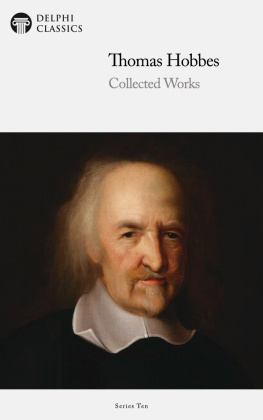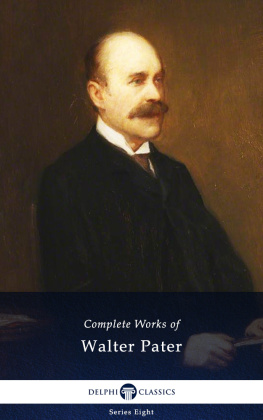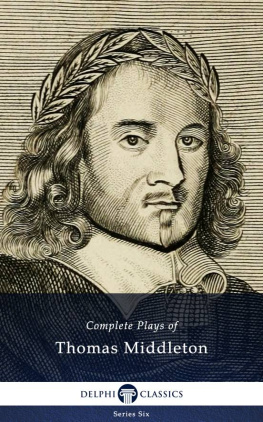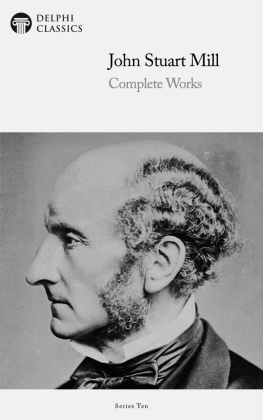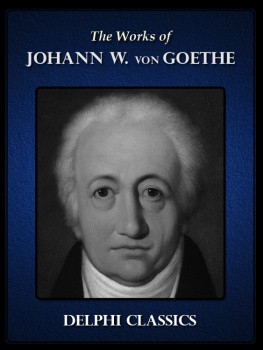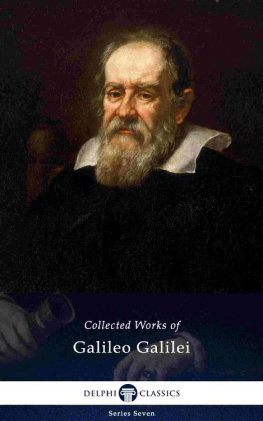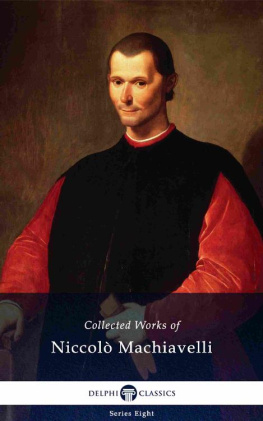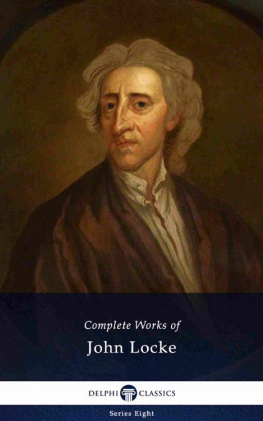The Collected Works of
IMMANUEL KANT
(1724-1804)

Contents

Delphi Classics 2016
Version 1

The Collected Works of
IMMANUEL KANT

By Delphi Classics, 2016
COPYRIGHT
Collected Works of Immanuel Kant
First published in the United Kingdom in 2016 by Delphi Classics.
Delphi Classics, 2016.
All rights reserved. No part of this publication may be reproduced, stored in a retrieval system, or transmitted, in any form or by any means, without the prior permission in writing of the publisher, nor be otherwise circulated in any form other than that in which it is published.
With thanks to Ian Johnston of Vancouver Island University for permission to include the 2008 translation of Universal Natural History and Theory of Heaven.
ISBN: 978 1 78656 037 7
Delphi Classics
is an imprint of
Delphi Publishing Ltd
Hastings, East Sussex
United Kingdom
Contact: sales@delphiclassics.com
www.delphiclassics.com
Parts Edition Now Available!

Love reading Immanuel Kant ?
Did you know you can now purchase the Delphi Classics Parts Edition of this author and enjoy all the novels, plays, non-fiction books and other works as individual eBooks? Now, you can select and read individual novels etc. and know precisely where you are in an eBook. You will also be able to manage space better on your eReading devices.

The Parts Edition is only available direct from the Delphi Classics website.
For more information about this exciting new format and to try free Parts Edition downloads , please visit this link .
Explore Science and Philosophy with Delphi Classics

Delphi Classics is proud to present the collected works of these important scientists and philosophers.
Browse our Non-Fiction authors
The Books

Knigsberg (prior to World War One), a city in the monastic state of the Teutonic Knights, the Duchy of Prussia, the Kingdom of Prussia and Germany until 1946 Kants birthplace

Statue of Kant in his home city
UNIVERSAL NATURAL HISTORY AND THEORY OF HEAVEN

Translated by Ian Johnston, Vancouver Island University
This early treatise was written in 1755 and is based on a 1750 work by the English astronomer Thomas Wright, the first scientist to describe the shape of the Milky Way and speculate that faint nebulae were distant galaxies. Universal Natural History and Theory of Heaven proposes that the Solar System is merely a smaller version of the fixed star systems, such as the Milky Way and other galaxies. The cosmogony Kant proposes in this book is closer to todays accepted ideas than that of some of his contemporary thinkers. Kants ideas are strongly influenced by atomist theory, in addition to the thoughts of the Roman Lucretius.
The book concludes with an almost mystical expression of appreciation for nature: In the universal silence of nature and in the calm of the senses the immortal spirits hidden faculty of knowledge speaks an ineffable language and gives undeveloped concepts, which are indeed felt, but do not let themselves be described. The first English translation of the work was by the Scottish theologian William Hastie in 1900. Ian Johnston of Vancouver Island University has kindly provided the translation appearing in this edition, written in 2008.

The first editions title page
CONTENTS

Thomas Wright (1711-1786) was an English astronomer, mathematician, instrument maker, architect and garden designer.
TRANSLATORS NOTE
Immanuel Kant (1724-1804) published The Universal Natural History and Theory of Heaven in 1755. This English text is based on Georg Reimers edition of the complete works of Immanuel Kant (1905). The translation was first completed and posted on the web in 1998. It has been considerably revised for this September 2008 version, mainly to improve the accuracy and fluency of the translation.
In the translated text, the Table of Contents has been altered to include the Dedication and the Preface and moved to the front before these sections. The endnotes (indicated with a numerical superscript link) come from Kants original text except for those which are provided by the translator. The latter are prefaced in the endnote by the comment [Translators note], and the former by the phrase [Kants note] . All endnotes without
In the English translation I have used the original lines from the works of Alexander Pope and Joseph Addison in those places where Kant quotes the often quite loose German versions of these English poets. The translations of the von Haller quotations are my own.
There are also occasional references to two earlier English versions of Kants text: those by Stanley L. Jaki (Scottish Academic Press, 1981) and by William Hastie (first published in 1900, reprinted by University of Michigan Press, 1969). The translator of the present text would like to acknowledge the great help he has received from these two earlier translations. Anyone seeking a detailed contextual examination of Kants scientific ideas in this essay should consult the Jaki edition, which is outstanding in this respect.
Ian Johnston
Liberal Studies Department
Vancouver Island University
September 2008
CONTENTS OF THE ENTIRE WORK
Dedication
Preface
PART ONE
Short outline of the most essential basic principles of Newtonian philosophy required for an understanding of the following theory.
Outline of a general systematic arrangement among the fixed stars, derived from the phenomenon of the Milky Way. Similarity of this system of fixed stars to the planetary system. Discovery of many such systems, showing up in the expanse of the heavens in the form of elliptical shapes. New idea about the systematic arrangement of the entire creation.
Next page

